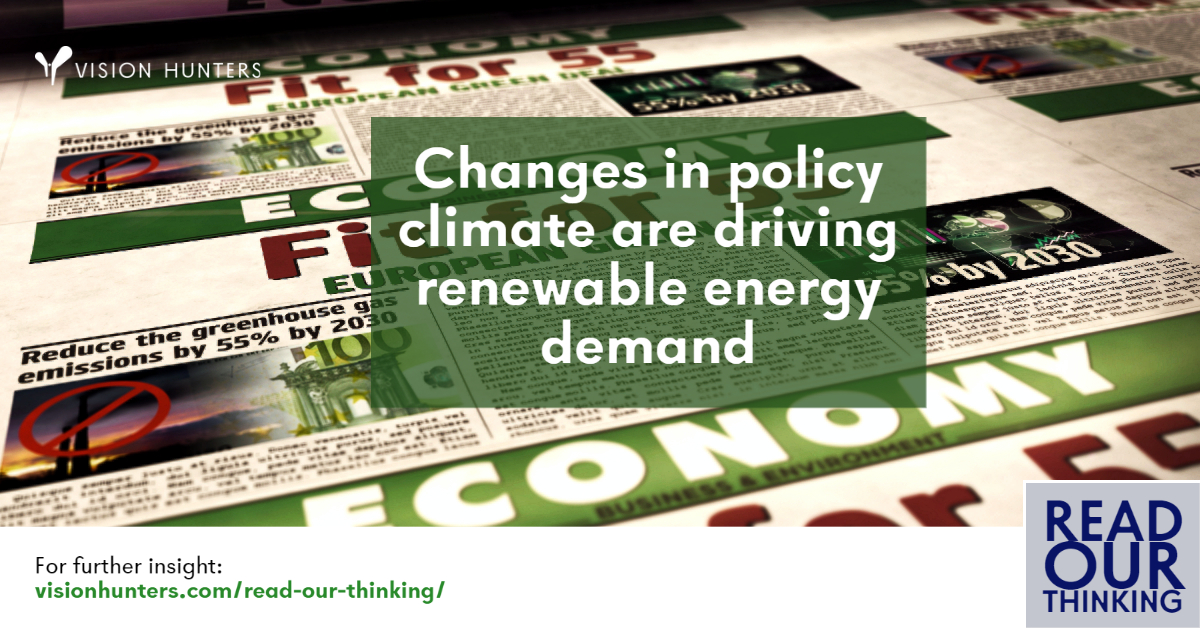A number of factors are currently influencing the wood sourcing dynamics for birch. The current downturn in the industry has led to a demand decrease. Despite a general decline, demand for non-Russian birch remains solid. Additionally, the stable harvest of Finnish birch pulpwood and logs is experiencing significant price increases, prompting potential market adjustments and temporary increases in harvest volumes to meet demand.
August 2, 2023
The biofuel industry faces a critical challenge as it navigates the changing landscape of transportation fuels. There is a risk that biodiesel and bioethanol might serve merely as transitional fuels until full electrification of the vehicle fleet. Amidst these dynamics, the biofuel industry is engaged in an upbeat discussion around sustainable aviation fuels (SAF) and their potential to dominate the biofuel market in the future. What is the role of the forest industry in this equation? Could collaborative efforts between the forest industry and biofuel sectors address the widely acknowledged challenge of feedstock availability?
May 30, 2023
Future pulp mills enable improved circularity and may act as a platform for external companies working in a bioecosystem. A mill willl have more departments/plants that use all streams, as well as possible external operators, all on the same mill site. There is no single solution for the mill, but rather a range of options in both the core mill and operating within the ecosystem.
October 28, 2022
In the last few years, the green transition, or the change from growth based on fossil fuels to growth based on green solutions, has ramped up considerably.
Forest residues are one of the most promising renewable feedstocks due to their availability, cost, and independence from the food industry. They can be converted into a variety of products, including biofuels, biochemicals, and biomaterials, which can replace the use of fossil fuels in the production of steel, chemicals, and transportation fuels
October 21, 2022
For forest industry companies, packaging of different wood, paper, board, tissue and pulp products have been flying outside the sustainability radar. Fossil-based materials, especially plastics, are widely used in the forest products supply chain, thus a lot of room for improvement exists sustainability-wise.
June 18, 2021
Common reasons for not reaching the full potential of tall oil are outdated technology, not enough demand for CTO, and remote locations making it unfeasible to extract and ship elsewhere. Outdated technology can be solved through investments into modern extraction technologies, which are far better compared to the ones developed in the 1980s and 1990s.
June 3, 2021
Global forests are a rich source of antiviral, antibacterial, and antifungal bioactive compounds with underutilized commercial opportunities. Many of the potential candidate compounds or groups of compounds have already been identified and studied to some extent on R&D level, but there is still a vast amount of untapped business potential in finding new more potent compounds, and developing new innovations based on already accumulated knowledge. The forest industry can offer solutions by producing antiviral and antimicrobial bioactive compounds that can be used as part of the treatment against the viral infection.
May 28, 2021









